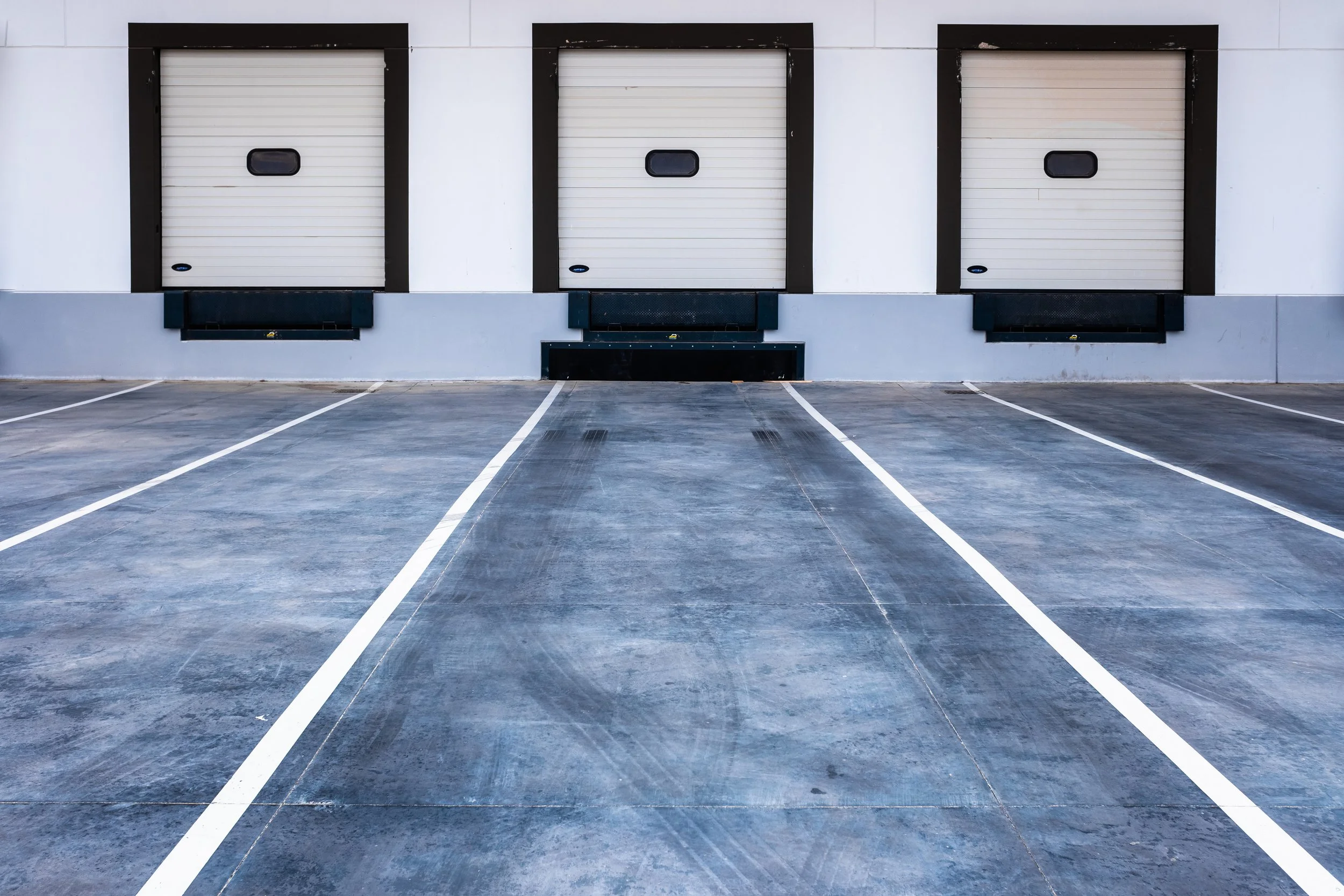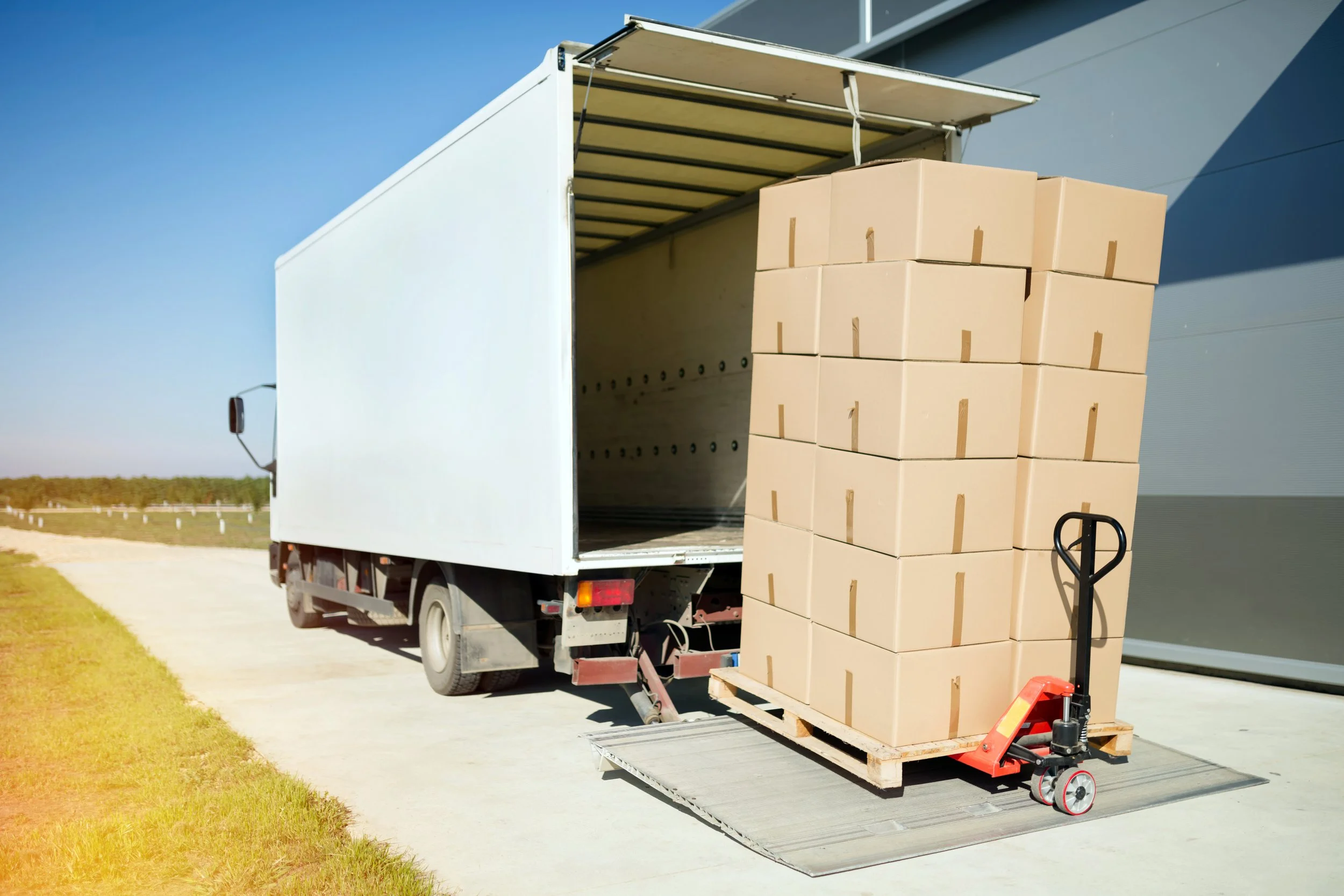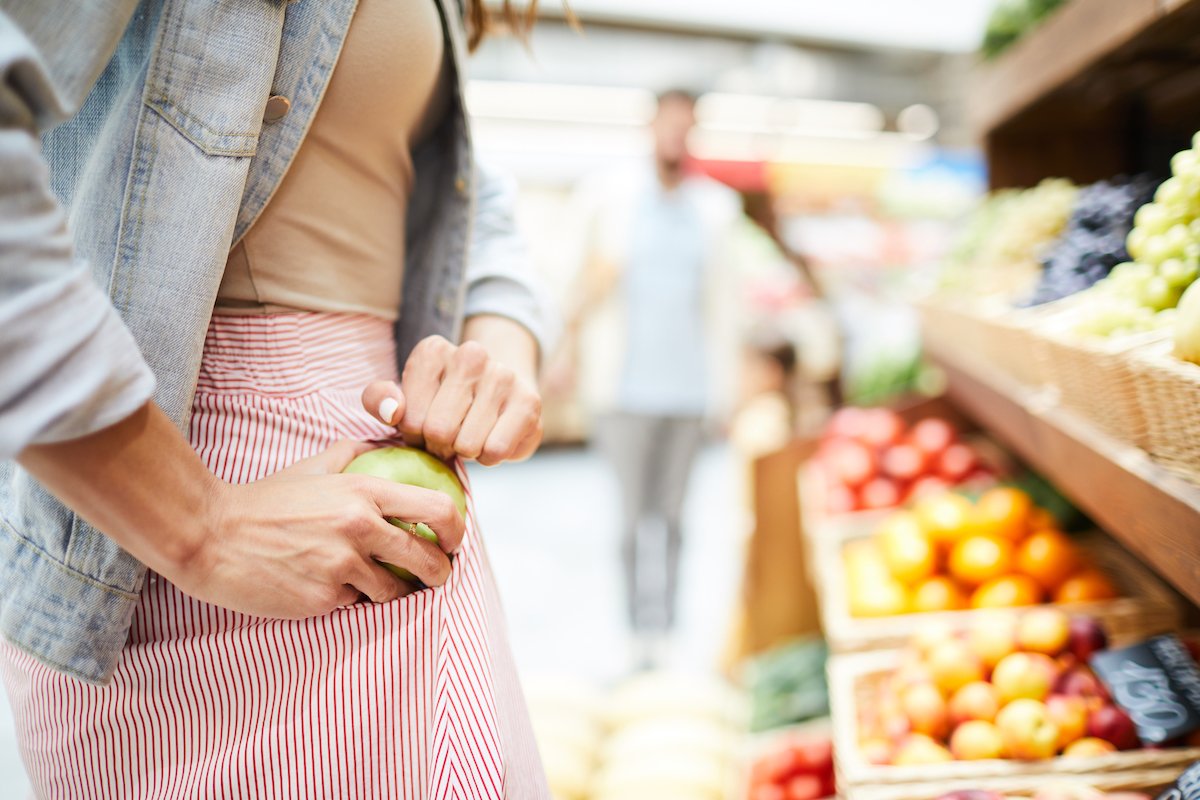Food Safety - Receiving Food Deliveries
Languages: English
Media Editing: The video module(s) in this subject are editable under our Content Studio offering unless otherwise indicated. For more information about Content Studio, contact your CSM.
Description: Receiving food deliveries properly is a vital step in defending against poor food quality and the spread of foodborne illness, as it is the organization's first interaction with the food they will serve in the Restaurant and Grocery industries. Issues or problems with receiving will impact the rest of the food process and can have damaging effects on your customers and on your reputation if not corrected. In this subject, learners are taught how to prepare for the food delivery so that it goes smoothly. They are also taught how to perform an inspection of the delivery vehicle and its shipment to make sure the food being received meets your quality standards and is free from visible contamination.
Languages: English
Media Editing: The video module(s) in this subject are editable under our Content Studio offering unless otherwise indicated. For more information about Content Studio, contact your CSM.
Description: Receiving food deliveries properly is a vital step in defending against poor food quality and the spread of foodborne illness, as it is the organization's first interaction with the food they will serve in the Restaurant and Grocery industries. Issues or problems with receiving will impact the rest of the food process and can have damaging effects on your customers and on your reputation if not corrected. In this subject, learners are taught how to prepare for the food delivery so that it goes smoothly. They are also taught how to perform an inspection of the delivery vehicle and its shipment to make sure the food being received meets your quality standards and is free from visible contamination.
Languages: English
Media Editing: The video module(s) in this subject are editable under our Content Studio offering unless otherwise indicated. For more information about Content Studio, contact your CSM.
Description: Receiving food deliveries properly is a vital step in defending against poor food quality and the spread of foodborne illness, as it is the organization's first interaction with the food they will serve in the Restaurant and Grocery industries. Issues or problems with receiving will impact the rest of the food process and can have damaging effects on your customers and on your reputation if not corrected. In this subject, learners are taught how to prepare for the food delivery so that it goes smoothly. They are also taught how to perform an inspection of the delivery vehicle and its shipment to make sure the food being received meets your quality standards and is free from visible contamination.
Topics
Preparing for the Food Delivery
-
Much like a personal trip to the grocery store, a certain amount of preparation is required when receiving and storing food in your restaurant or store to maintain the quality and the safety of the food you’ve purchased. In this topic, learners are taught how to properly prepare for a food shipment, including proper scheduling techniques, cleaning the loading zone, preparing a checklist, and more, to make sure the food is received efficiently and safely.
-
Questions (level 1, 2, 3)
-
This topic is currently available in English.
-
Make sure deliveries are scheduled at regular times, and allow time for employees to properly and thoroughly inspect each shipment before receiving it, to help preserve and confirm the quality and safety of the food.
Make sure someone is always available to inspect and receive food deliveries, so that food is not left outside for extended periods of time. This will help prevent bacteria from growing and maintain the quality of the delivery.
Make sure you have a checklist to use for each delivery, so you can confirm you’ve inspected the delivery.
Record any additional information from your inspection on your checklist or the shipment’s invoice, for your store’s records (i.e. temperatures, errors, etc.).
Make sure the loading area, and any other associated areas, are clean and well-lit before the delivery arrives, to help prevent cross-contamination and help you conduct your inspection easier.
Make sure all necessary equipment and tools are easily accessible, including scales, plastic gloves, containers, and thermometers, to help make sure your delivery is received as safely and as efficiently as possible.
Store the food quickly once your inspection is complete, to maintain safe conditions and limit the ability of bacteria to grow and the risk of cross-contamination. The sooner the food is properly stored, the safer it will be.
Keep all invoices and receipts for your store’s records once your inspection is complete, in case you need to refer to details about the shipment later.
Preview of topic image for “Preparing for the Food Delivery” as this topic is questions only.
Inspecting the Food Delivery Vehicle and Driver
-
To make sure the food delivery you are receiving is safe to accept, you first need to verify that the vehicle and driver delivering it meet your safety and quality standards, as this can affect the food and products in your delivery. In this topic, learners are taught what to look for when inspecting the food delivery vehicle and driver, including examining their cleanliness, working order, uniform, and more.
-
Questions (level 1, 2, 3)
-
This topic is currently available in English.
-
Every food delivery must receive a safety and quality inspection, regardless of the supplier, to help prevent contamination and the spread of foodborne illness.
Examine the vehicle and the driver to confirm they are clean and hygienic before you inspect the food.
Verify the driver’s uniform is clean and that they are handling the food items with care, to confirm the delivery is being transported safely.
Make sure the delivery vehicle is in good working order, and is not also transporting animals and chemicals with your food, as this could indicate cross-contamination may have occurred.
Verify that the condenser stays on when the vehicle is turned off, as if it turns off at every stop, the holding temperatures may not be consistent during delivery and allow bacteria to grow.
Use your senses to perform an environmental check of the inside of the vehicle’s trailer: see if anything smells, feels, or looks strange. This can help you determine the safety and quality of your shipment.
Use your own calibrated thermometer to verify that the holding temperatures in the refrigerated and freezer storage areas of the vehicle are acceptable, as the vehicle’s thermometer could be inaccurate. Record them on your checklist.
Reject the food delivery if the delivery vehicle or its driver fail your inspection, including if they are dirty, are carrying animals, or are carrying chemicals with the food. Refer to your organization’s policy for specifics.
Preview of topic image for “Inspecting the Food Delivery Vehicle and Driver” as this topic is questions only.
Inspecting the Food Delivery
-
To maximize efficiency and quality, it is important to inspect your food deliveries before you receive them instead of after, so you can prevent contaminated or poor-quality food from entering your supply and can help save you time and money later. In this topic, learners are taught what to look for during a food delivery inspection, including examining the packaging, checking temperatures, checking paperwork, and more.
-
Questions (level 1, 2, 3)
Video module
-
This topic is currently available in English.
-
Check that any hot foods are the appropriate temperature, 140°F or higher, when delivered, to verify they are still safe for consumption.
Check that any cold or refrigerated foods are the appropriate temperature, 40°F or lower, when delivered, to verify they are still safe for consumption.
Check that any frozen foods are the appropriate temperature, 0°F or lower, are still frozen solid, and are not thawed or thawing when delivered, to verify they are still safe for consumption.
Check all the protective packaging for any damage that could indicate the food has been contaminated, including large ice crystals, holes, dents, leaks, broken seals, bulging cans, moisture stains on dry products, etc.
Check the quality and freshness of the food, especially those beneath the top layer, to make sure freshness and cleanliness has been maintained throughout the entire delivery.
Check that all labels and paperwork associated with the products, like the manufacturer’s name and address, the batch number, and any regulatory stamps are present and correct, to confirm they are safe for consumption and can be easily found in the event of a recall.
Check that all the products include a list of ingredients and allergens, so that you can confidently inform your customers what is in their food.
Reject any food products that fail any part of the inspection, and return them to the supplier for an exchange or credit, to limit the spread of foodborne illness. Refer to your organization’s policy for specifics.








